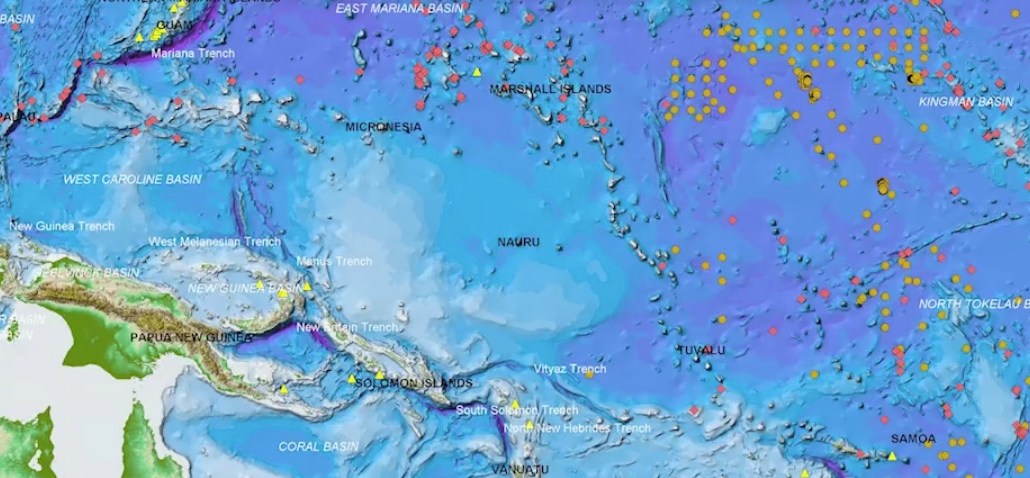Register by Jan 13 to save on passes and connect with marketers from Uber, Bose and more

With the launch of CNN’s Great Big Story and publishers like BuzzFeed and Business Insider before it, the distributed approach has gone beyond the experimental phase to a business strategy for publishers.
Six months ago, Quartz hired a three-person video team and began publishing videos that would live on Facebook and YouTube but not on its own website. The 3-year-old Atlantic Media business news site has embraced experimentation from the get-go, and Facebook made it clear that it was going to favor video content in its news feed. So Quartz wanted to learn about and master natively distributed video, without having to think about business limitations, said Kevin Delaney, Quartz’s editor-in-chief and president.
“There were no pre-roll constraints, no advertising, no traffic expectations,” he said. “The idea was to just give them real freedom creatively.”
In six months, Quartz has racked up 45 million views on 130 videos on Facebook and YouTube. The vast majority of the views are from Facebook, as Quartz’s YouTube channel has garnered 1.6 million total views.
“Directionally, it’s a very encouraging number for us, given the number of videos we’ve done with a very small staff,” Quartz publisher Jay Lauf said.
Quartz is already one of the stronger business publishers on Facebook, with more than 2 million shares, likes and comments on 2,027 articles posted to Facebook in September, according to social analytics firm Newswhip. Engagements per native video in September (1,070) are just shy of the engagement rate on its distributed video, as measured by Newswhip: In the same month, Quartz had nearly 30,000 shares, likes and comments on 28 natively uploaded videos on Facebook. Comparisons with other publishers are hard as they vary widely in their approach to distributed video, Newswhip found.
Quartz also said views on its Facebook page have gone up since it started uploading video there, but couldn’t quantify the increase. But it’s at the point where the numbers are big enough that Quartz thinks they’re enough to get advertisers’ interest.
Since its distributed approach was new, Quartz was also keen to learn what would work well with viewers. It found that, as with its text articles, videos tended to perform best if they were short (a minute or less) or longer explainers, like this one on the China economy that ran three minutes and 40 seconds:
China has a serious crisis on its handsWhy the world should be freaking out about China’s economy.Learn more: https://bit.ly/1DlJdsP
Posted by Quartz on Monday, July 20, 2015
In terms of topics, Quartz found science and tech stories do well, the best example being this one-and-a-half-minute video on sea creatures that was shared more than 444,000 times on Facebook.
Stunning images of deep sea creatures off the coast of Puerto …Scientists just captured stunning images of deep sea creatures off the coast of Puerto Rico—some are so new to us, they don’t even have names.
Posted by Quartz on Thursday, May 7, 2015
Uploading content straight to platforms is a double-edged sword for publishers. The platforms can be a way to reach new audiences, but it’s unclear if the native content will send any traffic back to the publisher’s own site, which publishers can then fully monetize. Publishers also have to share ad revenue on native content with the host platform, which can change the revenue share terms.
Lauf said the goal of the distributed approach is to expose the brand to new audiences and learn what works with them. But revenue is important too. Beyond YouTube, there’s been limited opportunity for publishers to sell ads on their video that’s uploaded straight to platforms. Now that it’s got a critical mass of video views, Quartz plans to start selling ads into them. (And, in a reverse publishing move of sorts, it’s now publishing the native video on its own site as well, so it can monetize the video directly.)
On the buy side, the demand is there for premium video content that can be targeted and is in a brand-safe environment like Facebook, said John Swift, who heads North American investment operation for Omnicom Media Group. “The fact it’s on Facebook could be a plus,” added Alan Smith, chief digital officer at Assembly.
There’s another, if indirect, way the publisher could benefit from its distributed video approach: Quartz’s business relies on native ads, and being an expert at creating editorial content that travels well can be a selling point with advertisers.
Advertising aside, publishers can hardly ignore the fact that the platforms’ reach is massive compared to their own. Given Facebook is placing its bets on video, Quartz figures the better it can master the platform, the better situated it will be to reach people there (and hopefully make itself indispensable to Facebook).
“It’s where Facebook is headed, and we need to understand that,” Delaney said.
Image courtesy of Quartz via Facebook.
More in Media

Why publishers are building their own creator networks
Publishers are forming creator networks to regain control, combat traffic declines, and reach audiences shifting toward influencers.

The accidental guardian: How Cloudflare’s Matthew Prince became publishing’s unexpected defender
Cloudflare’s day job is fending off botnets and nation-state cyberattacks, not debating how Google and other AI firms crawl publisher sites.

A timeline of the major deals between publishers and AI tech companies in 2025
Here’s a list of all the major deals signed between publishers and AI tech companies in 2025.





